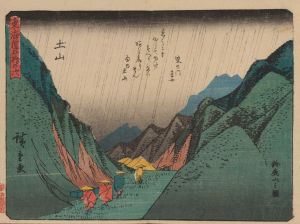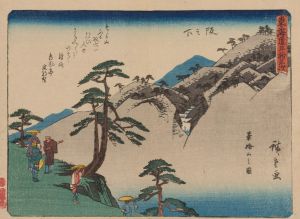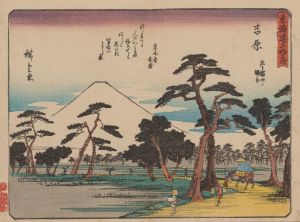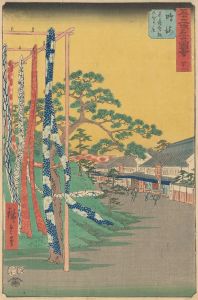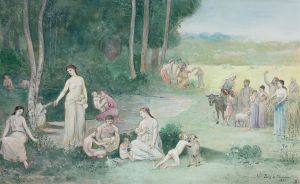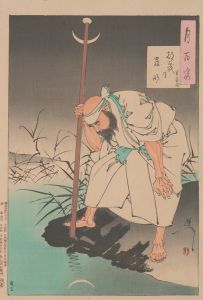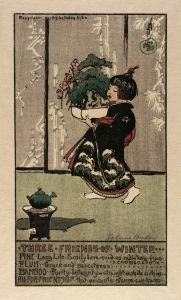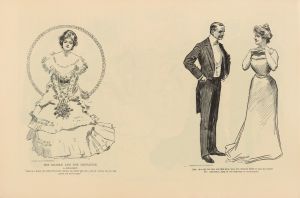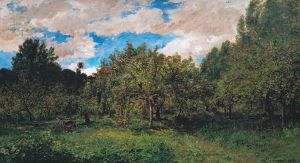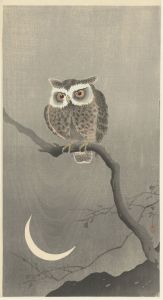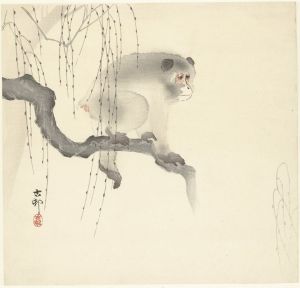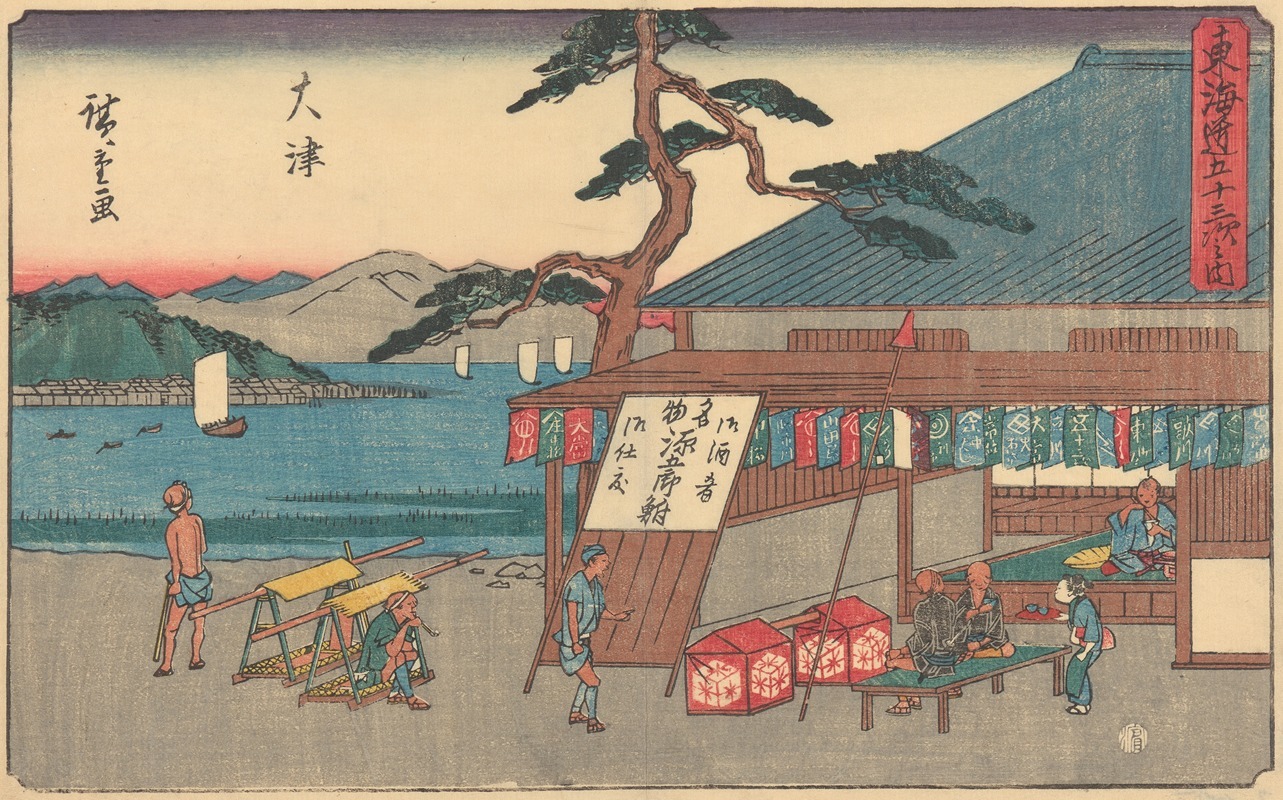
Otsu
A hand-painted replica of Andō Hiroshige’s masterpiece Otsu, meticulously crafted by professional artists to capture the true essence of the original. Each piece is created with museum-quality canvas and rare mineral pigments, carefully painted by experienced artists with delicate brushstrokes and rich, layered colors to perfectly recreate the texture of the original artwork. Unlike machine-printed reproductions, this hand-painted version brings the painting to life, infused with the artist’s emotions and skill in every stroke. Whether for personal collection or home decoration, it instantly elevates the artistic atmosphere of any space.
Otsu by Andō Hiroshige is a woodblock print created by the renowned Japanese ukiyo-e artist Andō Hiroshige (1797–1858). This artwork is part of Hiroshige's celebrated series titled The Fifty-three Stations of the Tōkaidō (Tōkaidō Gojūsan-tsugi), which depicts the post stations along the Tōkaidō, the main travel route connecting Edo (modern-day Tokyo) and Kyoto during the Edo period. The series, first published in the 1830s, is considered one of Hiroshige's masterpieces and a defining example of the ukiyo-e genre.
The print represents the station of Ōtsu, the final stop on the Tōkaidō before reaching Kyoto. Ōtsu was historically significant as a bustling town located near Lake Biwa, Japan's largest freshwater lake. It served as a key transportation hub and a popular destination for travelers and pilgrims heading to Kyoto or visiting the nearby Enryaku-ji Temple on Mount Hiei. Hiroshige's depiction of Ōtsu captures the essence of the town's lively atmosphere and its scenic surroundings.
In this print, Hiroshige employs his signature style, combining delicate linework, vibrant colors, and a keen sense of composition to portray the landscape and human activity. The scene typically includes travelers, merchants, and local residents engaged in daily life, set against a backdrop of natural beauty or architectural landmarks. While specific details of the Ōtsu print may vary depending on the edition, Hiroshige's works often emphasize the harmony between human presence and the environment, reflecting the cultural and aesthetic values of the Edo period.
Hiroshige's The Fifty-three Stations of the Tōkaidō series was highly popular during his lifetime and remains influential in the history of Japanese art. The prints not only served as souvenirs for travelers but also provided a glimpse into the landscapes and customs of Japan during the early 19th century. Hiroshige's innovative use of perspective and his ability to evoke mood and atmosphere have earned him recognition as one of the greatest ukiyo-e artists.
Today, Otsu by Andō Hiroshige and other prints from the Tōkaidō series are held in museum collections and private archives worldwide. They continue to be studied and admired for their artistic merit and historical significance, offering insight into the culture and society of Edo-period Japan.





